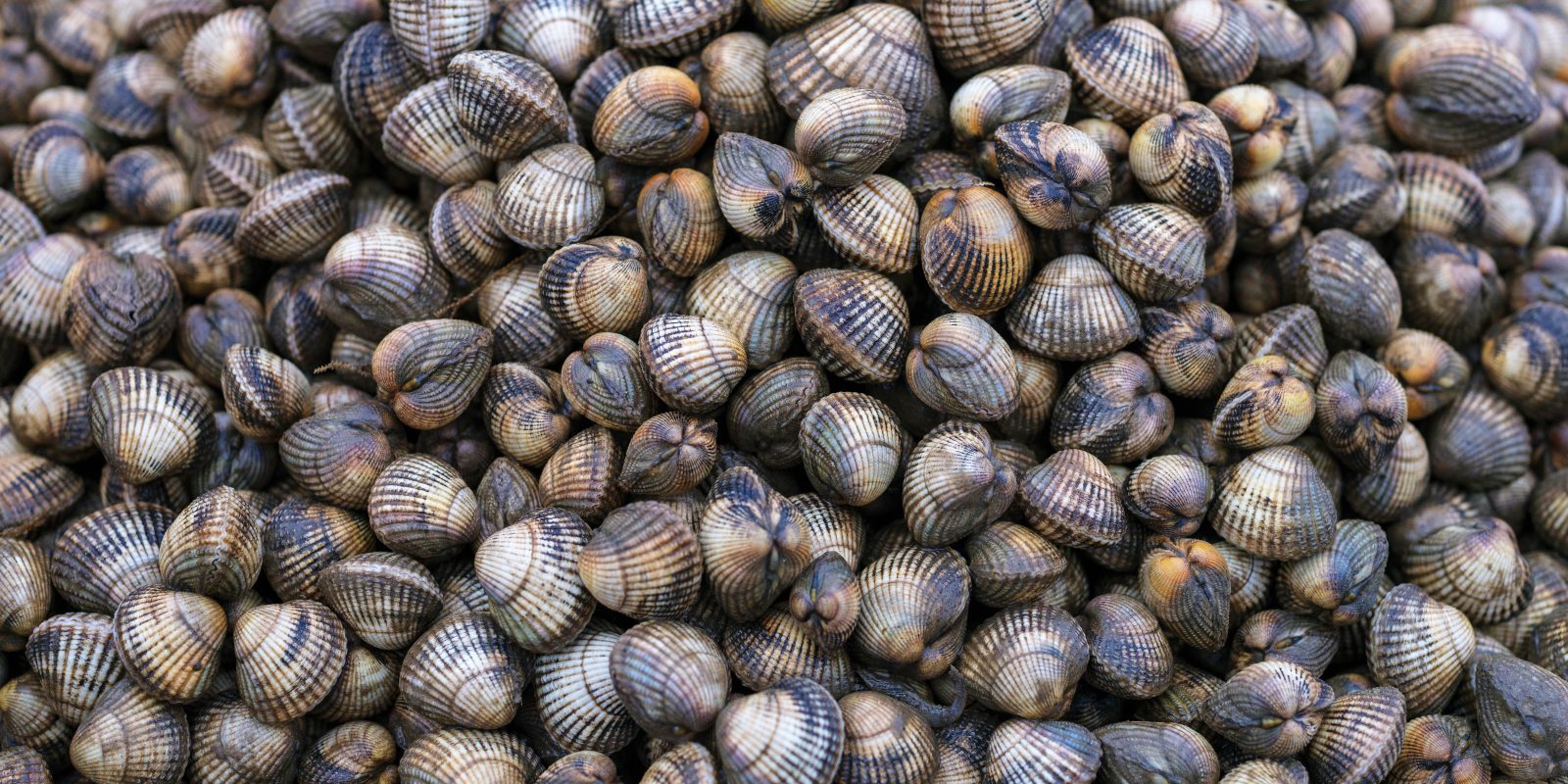
Minimum Sizes
Minimum sizes that apply in the NWIFCA district
The below apply to all fishers in the NWIFCA district. Please note the specific unit of measurement for each species (centimetres or millimetres).
Minimum sizes are split into two schedules according to NWIFCA Byelaw 1.
Schedule 1
Schedule 1 applies to all persons fishing in the district.
Fish Species
| Species | Minimum Conservation Reference Size |
| Black seabream (Spondyliosoma cantharus) | 23cm |
| Brill (Scophthalmus rhombus) | 30cm |
| Conger eel (Conger conger) | 58cm |
| Dab (Limanda limanda) | 15cm |
| Flounder (Platichthys flesus) | 25cm |
| Thick-lip grey mullet (Chelon labrosus) | 20cm |
| Lemon sole (Microstomus kitt) | 25cm |
| Red mullet (Mullus surmuletus) | 15cm |
| Any skate or ray | 45cm between wing tips |
| Sole (Solea solea) | 24cm |
| Turbot (Psetta maxima) | 30cm |
| Witch (Glyptocephalus cynoglossus) | 28cm |
Mollusc
| Species | Minimum Conservation Reference Size |
| Winkle (Littorina littorea) | Must not pass through a gauge having a square aperture of 16mm on each side. |
Schedule 2
Schedule 2 also applies to all persons fishing in the district, unless fishing under the authority of a fishing vessel licence issued by the Marine Management Organisation (MMO) or devolved UK fishery administration.
Fish Species
| Species | Minimum Conservation Reference Size |
| Bass (Dicentrarchus labrax) | 42cm |
| Blue ling (Molva dypterygia) | 70cm |
| Cod (Gadus morhua) | 35cm |
| Haddock (Melanogrammus aeglefinus) | 30cm |
| Hake (Merluccius merluccius) | 27cm |
| Herring (Clupea harengus) | 20cm |
| Horse mackerel (Trachurus trachurus) | 15cm |
| Ling (Molva molva) | 63cm |
| Mackerel (Scomber scombrus) | 20cm |
| Megrim (Lepidorhombus spp.) | 20cm |
| Plaice (Pleuronectes platessa) | 27cm |
| Pollack (Pollachius pollachius) | 30cm |
| Red seabream (Pagellus bogaraveo) | 33cm |
| Saithe (Pollachius virens) | 35cm |
| Whiting (Merlangius merlangus) | 27cm |
Mollusc
| Species | Minimum Conservation Reference Size |
| Bean solen (Pharus legumen) | 65mm |
| Carpet shell (Venerupis corrugata) | 38mm |
| Warty venus (Venus verrucosa) | 40mm |
| Donax clam (Donax spp.) | 25mm |
| Hard clam (Callista chione) | 60mm |
| Queen scallop (Aequipecten spp.) | 40mm |
| Razor clam (Ensis spp.) | 100mm |
| Scallop (Pecten maximus) | 110mm |
| Short necked clam (Venerupis phillipinarum) | 40mm |
| Surf clam (Spisula solida) | 25mm |
| Octopus (Octopus vulgaris) | 750g (weight) |
Crustacea
| Species | Minimum Conservation Reference Size |
| European lobster (Homarus gammarus) | 87mm (carapace) |
| Crawfish (Palinurus spp.) | 95mm (carapace) |
| Norway lobster (Nephrops norvegicus) | 70mm (total length) |
| Edible crab (Cancer pagurus) | 130mm (carapace) |
Minimum sizes that apply to the whole district
| Cockles (Cerastoderma edule) | Shall not pass through a square opening of 20mm |
| Mussels (Mytulis edulis) | 45mm* |
| Whelk (Buccinum undatum) | 65mm* when caught from pots 45mm* |
If you are a commercially licensed vessel, please visit the MMO website for additional minimum landing sizes.
Recreational Bass Measures 2025
- 1st to 31st January – Two size bass (42cm or over) per fisher per day
- 1st February to 31st March – Catch and release only
- 1st April to 31st December – Two size bass (42cm or over) per fisher per day
No bass can be taken by fixed nets.
Handling Bass: Bass must be handled carefully to ensure a high survival rate of released fish. Anglers are advised to carry forceps or long-nosed pliers to assist removal of hooks and to support fish in the water until they are able to swim off.
*Longest part of the shell